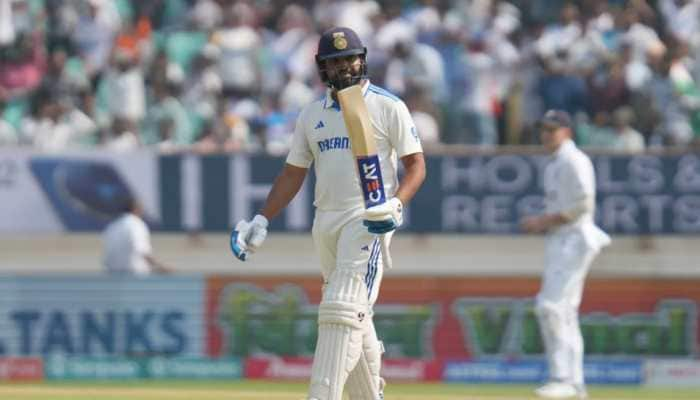This new 3D-printed digital patch may help heal damaged heart tissue
A new revolutionary digital three dimensional (3D) bio-printed patch that can help heal scarred heart tissue in patients after a heart attack has been created by US scientists.
Trending Photos
) Image for representational purpose only
Image for representational purpose only New York: A new revolutionary digital three dimensional (3D) bio-printed patch that can help heal scarred heart tissue in patients after a heart attack has been created by US scientists.
During a heart attack, a person loses blood flow to the heart muscle that causes the cells to die.
The study said, as the human body cannot replace those heart muscle cells so it forms scar tissue in that area of the heart, which puts the person at risk of compromised heart function and future heart failure.
Researchers led by the University of Minnesota, incorporated stem cells derived from adult human heart cells on a matrix that began to grow and beat synchronously in a dish in the lab by using laser-based 3D bio-printing techniques.
When the cell patch was placed on a mouse following a simulated heart attack, the researchers saw significant increase in functional capacity after just four weeks.
Since the patch was made from cells and structural proteins native to the heart, it became part of the heart and absorbed into the body, requiring no further surgeries.
Brenda Ogle, Associate Professor at the University of Minnesota in the US, "Given the complexity of the heart, we were encouraged to see that the cells had aligned in the scaffold and showed a continuous wave of electrical signal that moved across the patch".
The patch, modelled after a digital, 3D scan of the structural proteins of native heart tissue, is made into a physical structure by 3D printing with proteins native to the heart and further integrating cardiac cell types derived from stem cells, the researchers said, in the paper published in the journal Circulation Research.
Ogle noted, "We feel that we could scale this up to repair hearts of larger animals and possibly even humans within the next several years."
(With IANS inputs)
Stay informed on all the latest news, real-time breaking news updates, and follow all the important headlines in india news and world News on Zee News.
Live Tv







)
)
)
)
)
)
)
)
)
)
